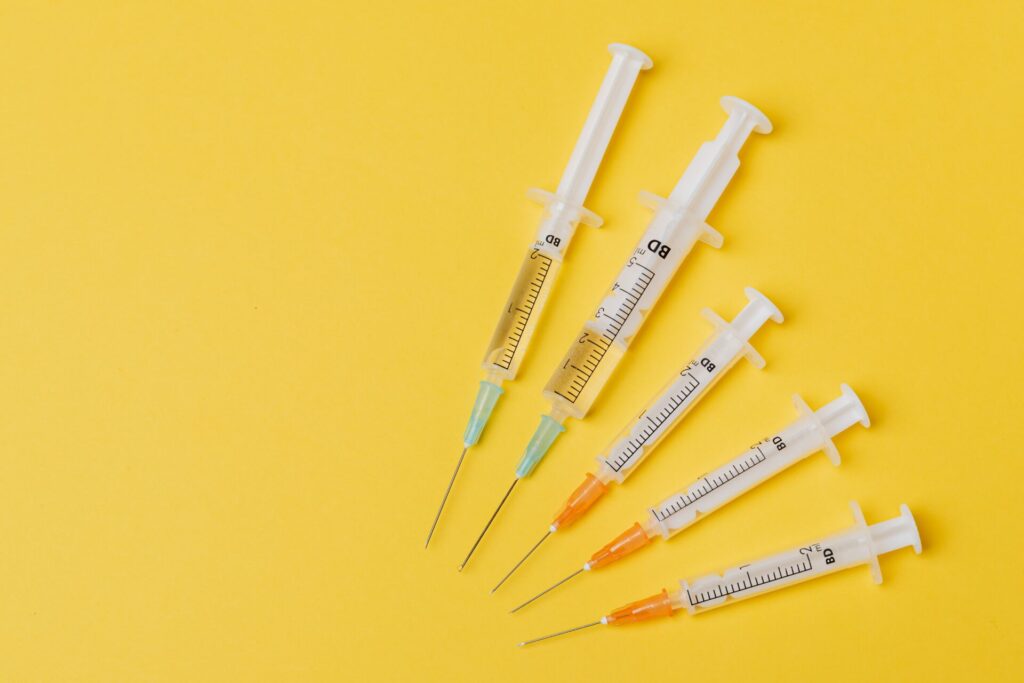How Physical Therapy Helps After PRP (Platelet-Rich Plasma) Injection
Are you considering going through with a PRP (Platelet-Rich Plasma) injection to help aid in the relief and recovery of an injury? If so, physical therapy can be highly beneficial in ensuring optimal healing. Physical therapy complements PRP injections by helping strengthen muscles while accelerating tissue repair, allowing you to recover more quickly from your injury. This blog post will explain how physical therapy works in regulation with PRP injections and what types of exercises are most beneficial for each patient. Read on to find out why physical therapy is paramount for recovery after a PRP injection!
Understand the Benefits of PRP Injections
If you’re looking for a way to treat various medical conditions or improve your physical appearance, you may want to consider PRP injections. PRP, or platelet-rich plasma, is a substance derived from your blood that contains high concentrations of growth factors. By injecting PRP into the targeted area, physicians can promote natural healing and regeneration processes. PRP injections have been used successfully to treat a variety of injuries, such as rotator cuff tears and tennis elbow, as well as improve skin texture, promote hair growth, and even enhance sexual function. While PRP injections may not be suitable for everyone, they offer a non-invasive and natural alternative to more invasive treatments. By better understanding the benefits of PRP injections, you can make an informed decision about whether this treatment option is right for you.
How Physical Therapy Can Help to Improve Range of Motion
Experiencing limited mobility can be a frustrating experience, but fortunately, physical therapy can be an effective solution. By working with a qualified professional, patients can learn exercises and stretches tailored to their unique needs that will gradually improve their range of motion over time. This type of therapy can be especially helpful for those recovering from injuries or surgeries, as well as individuals dealing with chronic conditions like arthritis. While progress may not be immediate or without some level of discomfort, the benefits of physical therapy can be life-changing, allowing patients to enjoy a greater level of independence and a better quality of life.
Building Strength with Physical Therapy After PRP Injection
If you’ve recently undergone a PRP injection to treat an injury, you may be wondering what the next steps are to rebuild your strength and resume your active lifestyle. That’s where physical therapy comes in. A skilled physical therapist can work with you to develop a personalized plan to safely regain your strength and mobility. Through a combination of exercises, stretches, and other techniques, physical therapy can help you rebuild the muscles and tissues that may have been damaged before your PRP treatment. It’s important to remember that everyone’s journey to recovery is different and that patience and dedication are key to achieving your goals. With the guidance and support of a physical therapist, you can work towards a stronger, healthier body after your PRP injection.
Techniques to Manage Pain After PRP Injections
PRP injections have been known to be an effective treatment for various medical conditions involving bones, muscles, and tissues. However, after the injection, pain is a common side effect that requires management. Various techniques can be employed to manage the pain effectively. One technique is to apply ice to the affected area, which helps to minimize inflammation and swelling. Another technique is to rest and avoid engaging in strenuous activities for several days after the injection. In addition, over-the-counter pain medication can also be effective in reducing pain and discomfort. By utilizing these techniques, patients can experience relief from pain after PRP injections and fully enjoy the benefits of this treatment.
Know When it’s Time to Call a Doctor for Post-Injection Care
After getting an injection, experiencing soreness and redness around the injection site is quite normal. However, there are times when these symptoms can escalate and become serious. Knowing when it’s time to call a doctor for post-injection care can save you from potential complications. Some warning signs to look out for include severe swelling, fever, chills, difficulty breathing, and allergic reactions. It’s important to remember that while injections are an effective mode of treatment, they can also pose risks that should not be ignored. If you’re experiencing any abnormal symptoms post-injection, don’t hesitate to contact your healthcare provider for thorough evaluation and treatment.
Conclusion
PRP injections can provide great relief for people suffering from severe joint pain or injury. Many forget, however, that even the most advanced treatment requires some extra work to ensure the full potential of healing is reached. After a PRP injection, physical therapy should be used to build strength and range of motion followed by various techniques to manage post-injection pain. It’s also important to monitor for any sort of post-treatment infection and follow all instructions provided by your doctor. By adhering to these steps you stand a better chance at returning to normal life quickly and securely and achieving the full medical benefits of PRP injection therapy. With the right pre- and post-treatment care you can look forward to enjoying restorative results in less time than traditional treatments may require.

